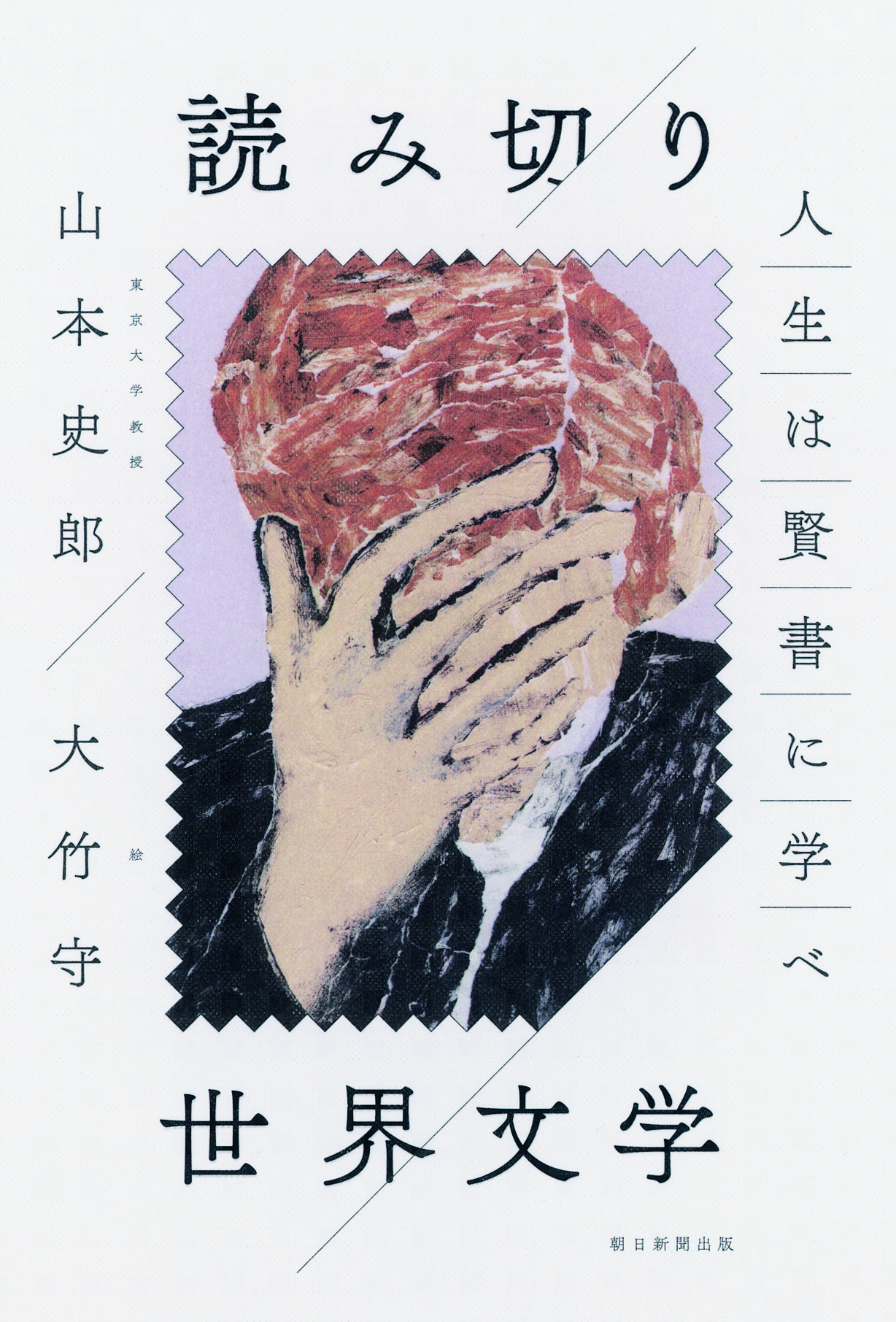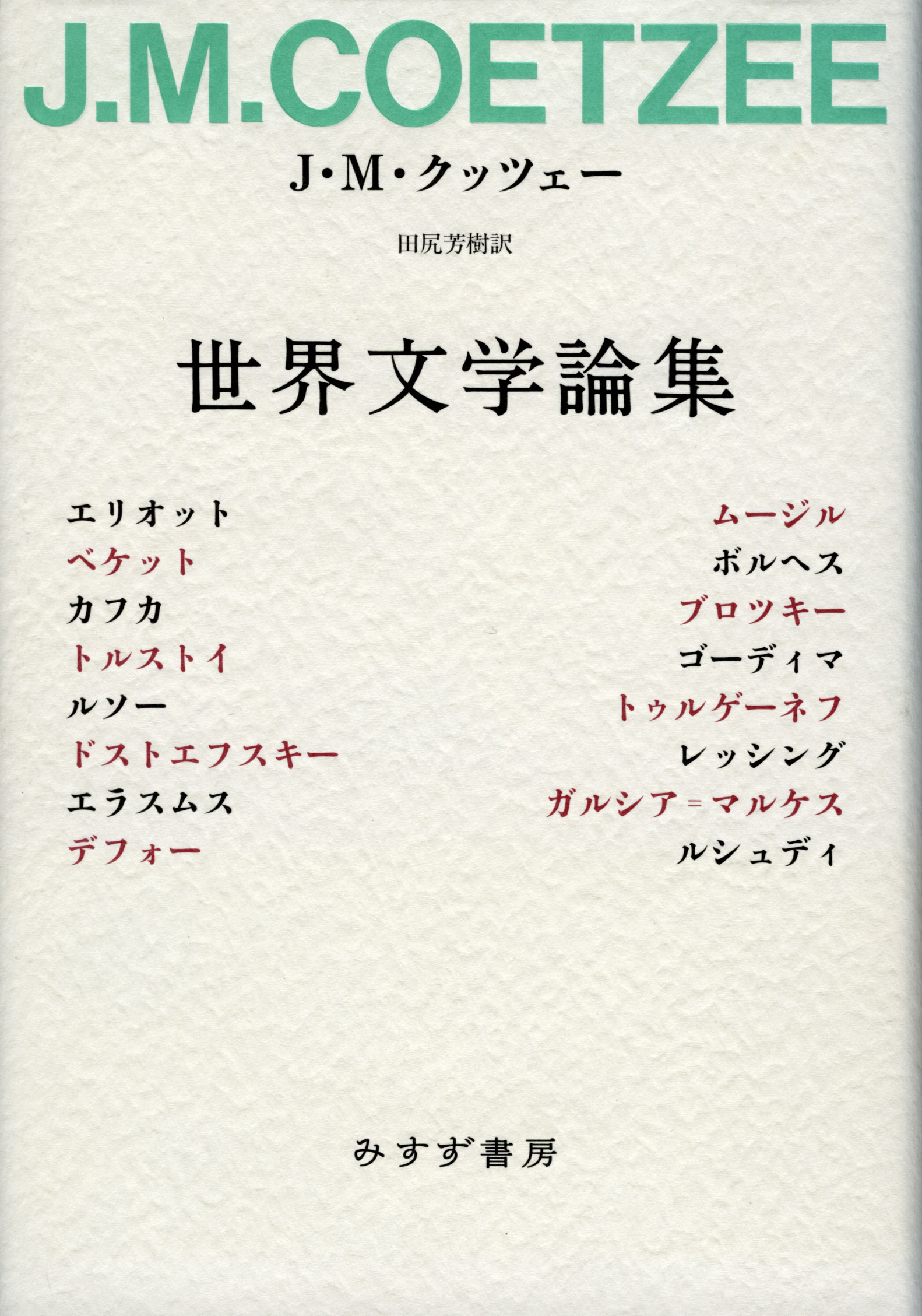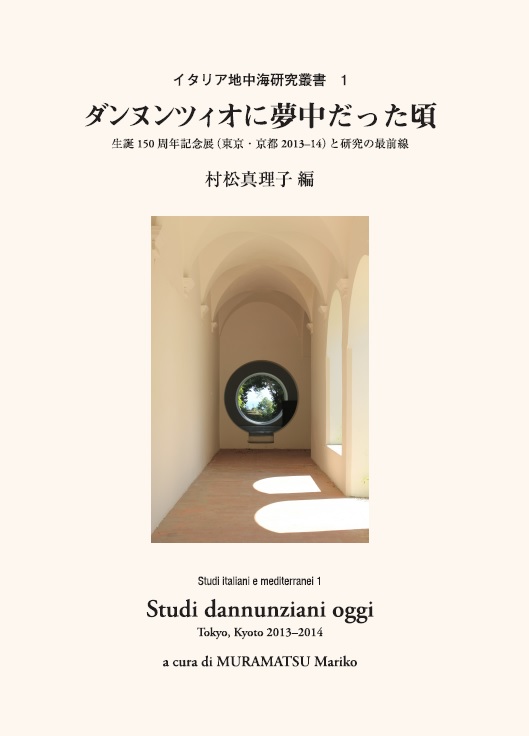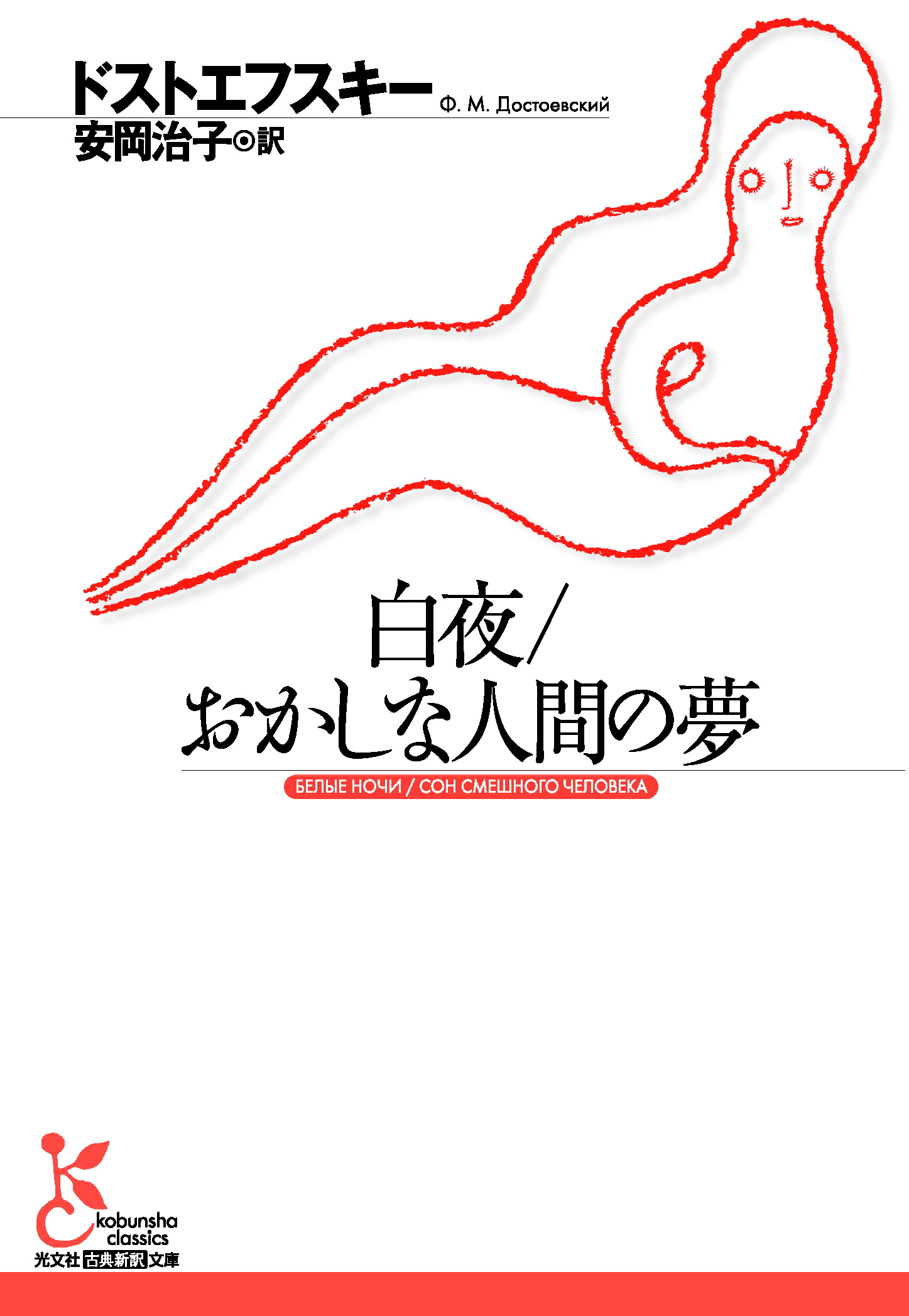
Title
Yomikiri Sekai-Bungaku (World Literature in a Nutshell)
Size
312 pages, 127x188mm, softcover
Language
Japanese
Released
September 18, 2015
ISBN
978-4-02-331409-2
Published by
Asahi Shimbun Publications Inc.
Book Info
See Book Availability at Library
Japanese Page
In recent years, the world has been undergoing an upheaval, physical and spiritual, in its make-up: globalisation, accelerated by the development of the Intenet, smart phones, and other communication tools, is happening under our very eyes, and with breath-taking speed. Traditional boundaries are disappearing not only geographically, but also in many cultural areas. One of the consequences is an increased attention to World Literature.
My book, World Literature in a Nutshell (Yomikiri Sekai-Bungaku), was designed and written in response to this global flaring up of interest in literature. It is an attempt to answer questions such as: What wonderful novels have been written around the world? What are they about? How are they critically assessed? How relevant are they to us, living in our contemporary world?
The book is not, therefore, simply a collection of summaries. It is a book that tries to address the problem of how contemporary readers should meet and understand the classics of world literature. It is a book that tries to see the great books of the world literature with fresh eyes, and make them accessible to modern readers, who can then drink the life-feeding wisdom from those inexhaustible wells.
There are 16 titles discussed in total and critical attention, different in kind, is applied to the individual works under scrutiny. Just to give a taste, in La Nausée philosophical attention is given to Sartre's existential ideas and Melville's Moby Dick is analysed from a narratological perspective to show what induces the symbolic reading of the novel. In Lady Chatterley's Lover, a critical comment is made on D.H.Lawrence's radical message that it is the animal emotions deep down that move us, not ideas that play on the surface of our conscious mind, however civilised we think we are, and it is crucial to point out that his style itself is made the medium that embodies this idea.
In this way, various methods, such as stylistic analysis, philosophy and history of ideas, narratology, psychology, or just relevant memories of my own, are used, that seem most appropriate to the works in question. And throughout, most importantly, I have tried to write in a style accessible to general readers, with illustrations from everyday experience.
This is a book written for common readers, not for academics in any particular field, and critical jargon is carefully avoided, which is probably the most important 'subtextual' message of the book. Literary works, and novels in particular, are textiles woven up with materials from the everyday lives of ordianary people: they are primarily produced in reponse to our natural demands for information, knowlege, wisdom, or simply voyeuristic curiosity. It is, therefore, a kind of murder of the novel if we try to 'elevate' it above these readers.
It is my earnest desire that this book will enlarge the readership of World Literature among students as well as ordinary novel lovers.
(Written by Shiro Yamamoto, Professor, Graduate School of Arts and Sciences / 2017)



 Find a book
Find a book




